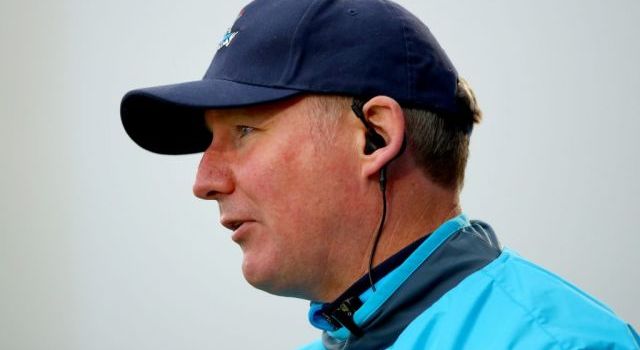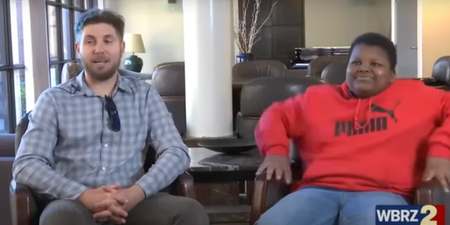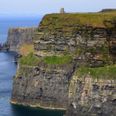First was The 2 Johnnies and now this…
As Leaving Cert weather is officially here, the annual exams themselves rage on.
And following the news that The 2 Johnnies’ catfish story was unexpectedly referenced in an LC English paper, another notable Irish person has made a surprise appearance in an exam this year.
That was Gaelic football manager and former player Jim Gavin, who with Dublin became the first person in GAA history to manage a team to five successive All-Irelands.
Gavin – who now serves as Director of People and Operations at the Irish Aviation Authority – made an appearance on the LC higher-level Business paper on Wednesday (15 June).
The question in which he featured read:
“Jim Gavin, Director of People and Operations in the Irish Aviation Authority, is a speaker on leadership and motivation. He references motivational theorists such as Douglas McGregor and Abraham Maslow.”
The question goes on to ask:
“(A) Outline, giving an example, how a business manager could use each level of Maslow’s
Hierarchy of Needs to motivate their staff.“(B)Explain three implications for a manager of adopting a Theory Y approach to management.
“(C) (i) Distinguish between enterprise and management.
“(ii) Discuss two benefits of planning as a management activity.”
For those who would have struggled with that question, McGregor was an American management professor and is best known for his theories known as Theory X and Theory Y. These propose that managers’ assumptions about human nature and behavior determine how they manage their employees.
For example, Theory X is based on negative assumptions regarding the typical worker. It assumes that they have little ambition, avoid responsibility and are individual-goal oriented.
Theory Y, meanwhile, is rooted in positive assumptions regarding typical workers. Under this theory, managers assume employees are internally motivated, enjoy their job and work to better themselves without a direct reward in return.
In terms of American psychologist Maslow, he proposed Maslow’s hierarchy of needs – a theory for understanding the motivations for human behavior.
The idea is often portrayed in the shape of a pyramid, with the largest and most fundamental needs of humans at the bottom, followed by the need for self-actualisation and transcendence at the top.
If you know, you know.
Read more:
- The Two Johnnies’ catfish saga appears as Leaving Cert question
- Ireland hotter than the Mediterranean as temperatures soar
- Dublin and Kerry dominate list of Ireland’s top 25 hotels
LISTEN: You Must Be Jokin’ with Aideen McQueen – Faith healers, Coolock craic and Gigging as Gaeilge












































